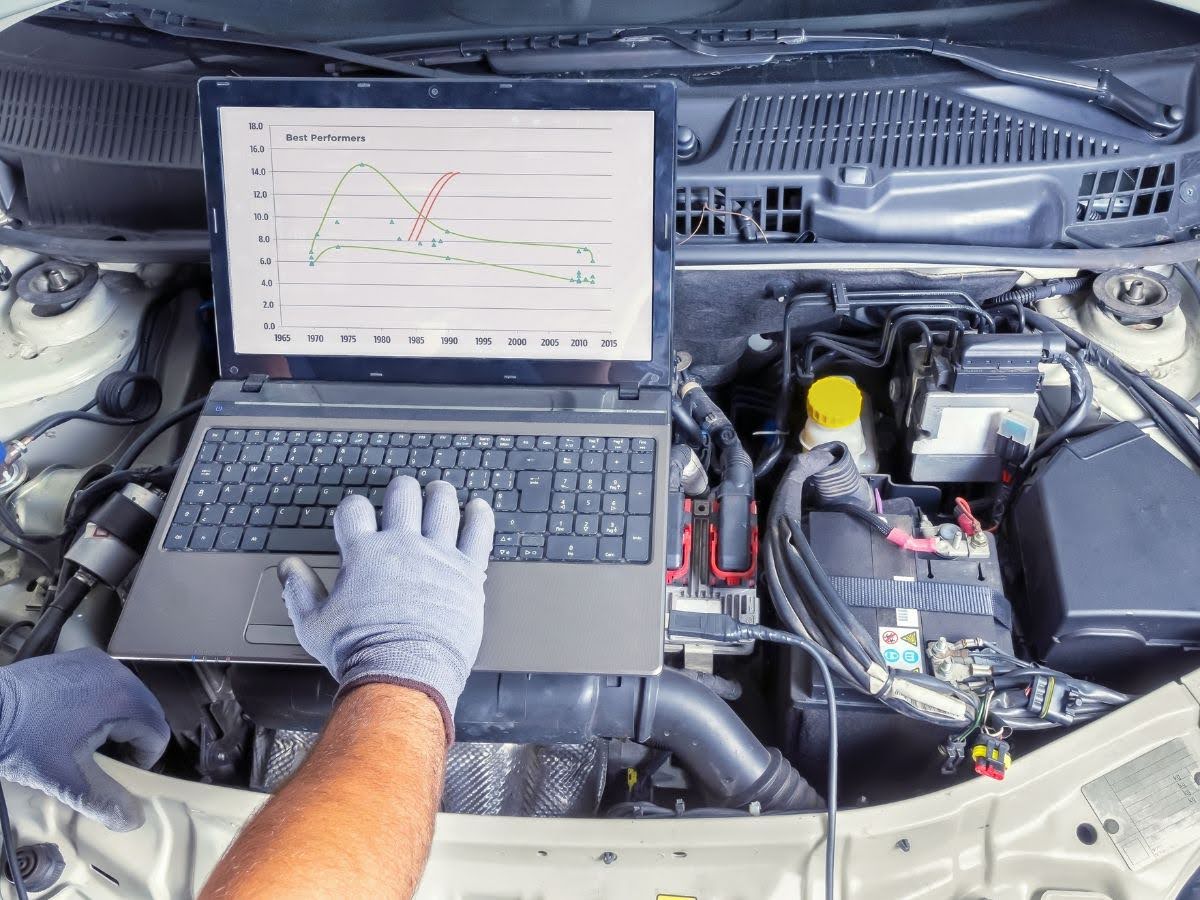Several control units, frequently up to several dozen, furnish contemporary automobiles. Which regulate distinct systems such as transmission, temperature control, and braking. On the other hand, the ECU is particularly in charge of controlling engine operations. It functions by taking information from a variety of sensors located throughout the vehicle. Modifying its settings to make sure the vehicle operates well in a variety of driving scenarios. Search for the best remap company to remap your vehicle today.
ECU Programming: What Is It?
The Engine Control Unit (ECU) contains the brains of your car. It controls the injection of fuel, ignition execution, and other vital processes using sensors from the combustion engine and other components. However, have you ever wondered what ECU programming entails? To put it simply, it’s similar to improving the functionality of your car’s brain.
ECU programming entails making changes to the software that manages the system for fueling and other components of the engine. If done correctly, this complicated task can result in enhanced engine performance, fuel efficiency, and even new features.
ECU Coding Vs ECU Programming
Terms like “what ECU coding and programming” may have come up, and you’re probably wondering what the differences are. Here’s a quick summary:
- ECU reprogramming is like installing a fresh, customized operating system on your computer instead of the stock one. It entails rewriting the software code that controls the operation of your engine. This could entail tweaking other performance parameters, timing ignition, or fuel injection intervals.
- ECU coding, on the other hand, entails altering particular variables underneath the current software. Rather than downloading and installing new software, it’s more like adjusting the settings in an existing smartphone app. Changing characteristics like automated door locking or LED daytime running lights may be part of the coding process.
The ECU Programming Process
ECU programming commonly includes the following procedures:
- Data Reading: The system reads a backup copy of the current ECU software.
- Data Modification: To enhance achievement, energy efficiency, or other desirable parameters, the programmer examines the data and makes the appropriate adjustments.
- Data Writing: The updated data replaces the original program and is written back into the ECU’s memory.
- Verification & Testing: To make sure the programming modifications have been applied correctly and are not causing any problems, the car is tested.
The Operation of ECU Programming
To program an ECU, a laptop or specialized equipment must be connected to the On-Board Diagnostics (OBD) connector on the car. Through communication through the ECU, this tool enables a technician to install new software, change parameters, and read the software version that is currently installed. Generally, the procedure goes like this:
- Reading the Current Software Version: The technician or tuner downloads the automobile’s current operating system before making any modifications. This step guarantees that in the event of a problem, a backup is accessible.
- Changing Software Parameters: The technician modifies the parameters that govern engine operations using specialist software. These modifications may enhance the efficiency of fuel, maximize how they perform, or accommodate novel components like fuel injectors or turbochargers.
- Uploading New Software: The new software is uploaded to the ECU once the necessary adjustments have been performed. The engine is then managed by the ECU using the recently specified parameters.
- Testing and Validation: The car is tested to make sure everything functions properly when the new software is uploaded. To make sure the adjustments have the desired impact and don’t have any negative side effects, the technician can keep an eye on engine performance via the OBD port.
The Need for ECU Programming
ECU programming is required in many different contexts. Frequently for reasons about hardware updates, fault rectification, regulatory compliance, or performance enhancement.
Tuning Performance
People frequently use ECU programming to improve a vehicle’s performance. The ECU is frequently reprogrammed by auto enthusiasts driving tuners to allow additional performance features or to boost horsepower, simply torque, and driving throttle responsiveness. As an illustration:
- The goal of Stage 1 Tuning is to maximize engine performance without needing to make any more hardware changes. Most people regard this software-only tuning method as safe for the majority of cars.
- Stage 2 and beyond require hardware modifications, such as improved intakes, turbochargers, or exhaust systems. The engine runs as efficiently as possible with these new parts thanks to the ECU configuration.
Also Reads: Cask Technologies LLC vs SBA
What Tools Do You Need to Program ECUs?
ECU programming, a crucial part of car maintenance and personalization, calls for specialized equipment to change the engine management unit’s specifications for improved performance, increased fuel economy, or problem diagnosis. An outline of the instruments often used in ECU programming is provided below:
- OBD-II Scanners: By connecting to the On-Board Diagnostics port of the car, these gadgets enable professionals, including mechanics, to monitor real-time data, read and eliminate error codes, and occasionally modify the ECU settings.
- Flashing Tools: Expert hardware and software configurations that replace the ECU’s current firmware or programming using new code to modify engine specifications, enhance performance, or fix software bugs.
- Software for tuning: Sophisticated programs that offer an interface for fine-tuning different ECU parameters. With the ability to customize fuel maps, combustion timing when throttle control, and other tuning parameters, these tools provide increased control regarding the tuning process.
- Data loggers are devices that keep track of performance data from moving cars. Data recorders are essential for tracking the effects of ECU tune and enabling data-driven performance optimization.
Final Words:
ECU programming is a crucial procedure for contemporary automotive effectiveness since it gives mechanics and drivers the ability to tailor an engine’s performance for a given set of circumstances or uses. ECU programming provides significant advantages for a variety of purposes, including hardware upgrades, improvement in performance, aftermarket improvements, and fuel economy improvements.





